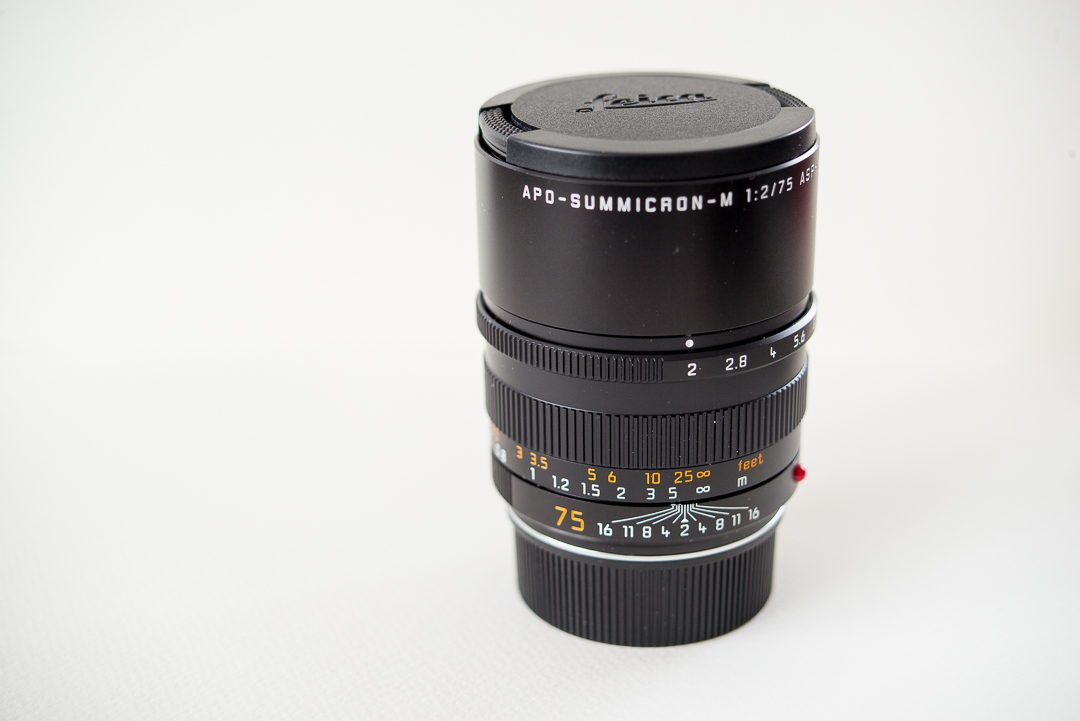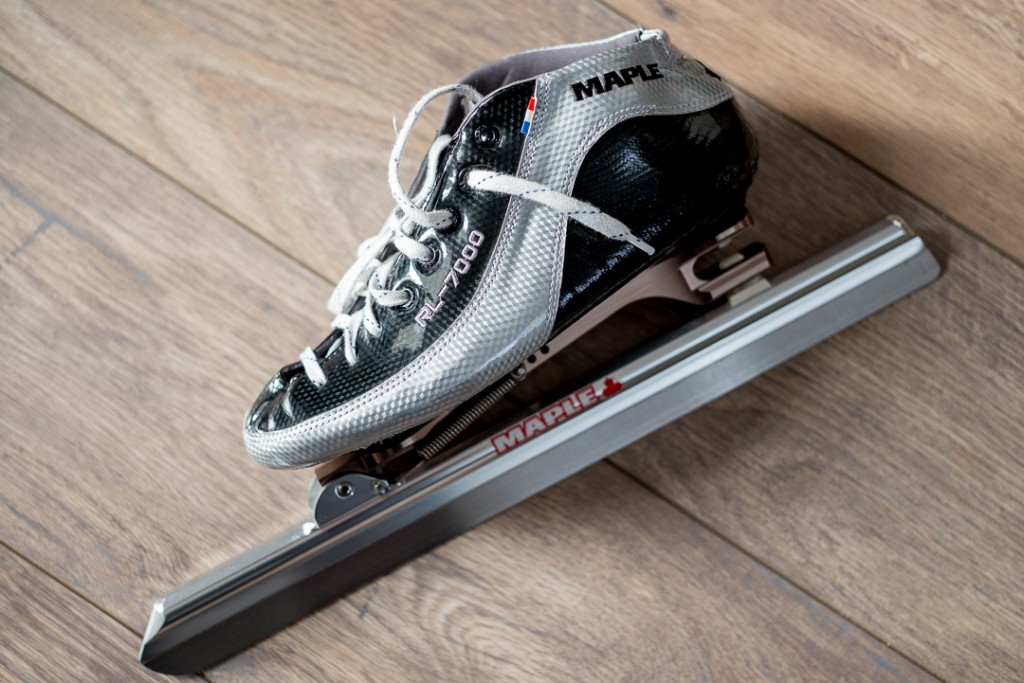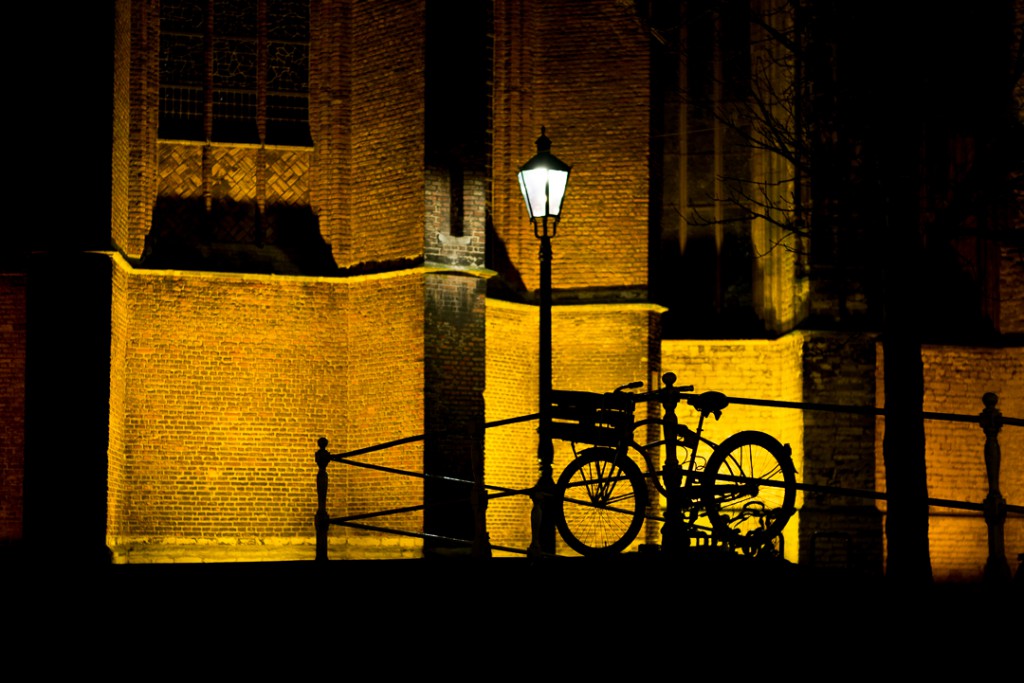After having shot a couple of years with the Leica 75 2.5 Summarit I came across a mint 75 Summicron for a good price. I always wanted the 75 Cron, but never bought it, because I was more or less satisfied with my Summarit. I didn’t think too long and traded the ‘old’ 75 for the ‘new’ 75.
The 75mm focal length really differs from the 50mm and the 90mm focal lengths. A lot…
First, what is it? Well, the Leica 75 Summicron is the fastest 75mm lens you can get from Leica. Now that the 75 Summilux is discontinued, there’s only two left: the f2 Summicron and the f2.4 Summarit. The 75/2.5 Summarit is discontinued as well and can be bought with a discount. The 75mm focal length is a strange one. It’s only available for rangefinder cameras and it seems to be a bit of a split personality: it’s not a 90mm and neither a 50mm. So is it useful at all? Oh yes, it is. In fact, the myth that lenses are ‘almost like’ another focal length never stopped me from trying these focal lengths. The 75mm focal length really differs from the 50mm and the 90mm focal lengths. A lot.

For me, a 90mm is too long and creates a somewhat voyeuristic perspective for my documentary wedding photography. For a few years, my 50mm was my longest lens, but sometimes I needed a little extra reach. Just because I couldn’t get any closer. Beside that, I do shoot some portraits every now and then, and for these assignments, a 75mm seemed like a good lens.
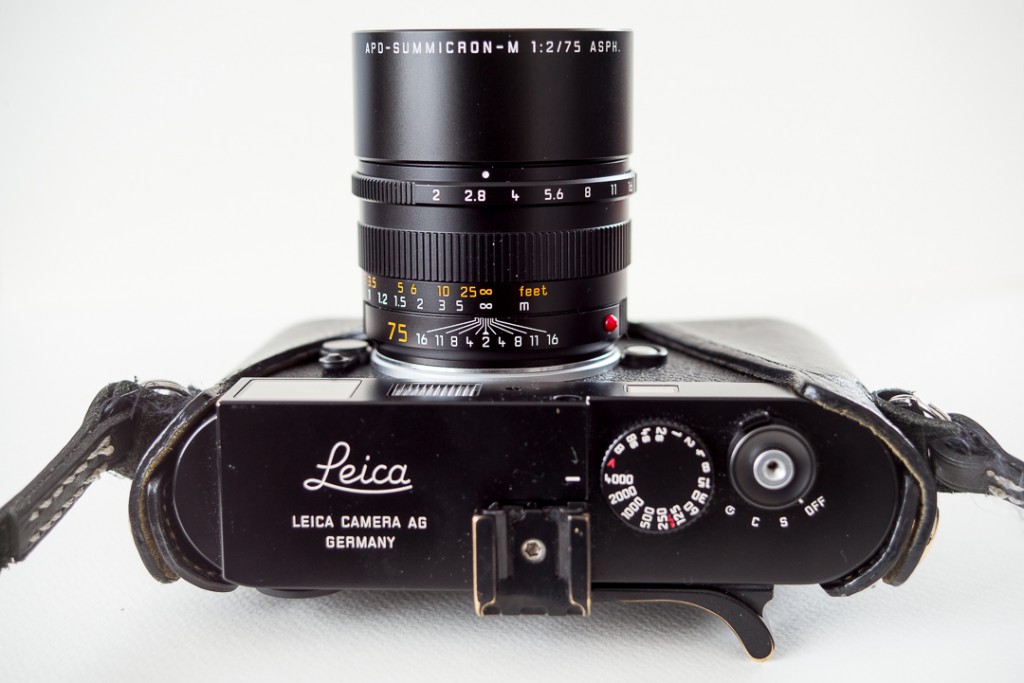
Although I loved my Summarit, there were two things that i didn’t like about it: the short focus throw and the minimal focussing distance of 90 centimeters. Also, for portraits, the 75 Summarit can be brutal, especially for older women. The sharpness it delivers can be so harsh that all imperfections are visible. I’ve had complaints from clients saying their wrinkles couldn’t be that bad. A bit of tweaking in Lightroom fixed the issue, but it made me lust for the 75 Cron again.
Build quality and ergonomics
So here we go: the Leica 75 Summicron is a heavy beast. Not Noctilux-like heavy, but considerably heavier than the Summarit. You do get a fancy telescopic hood with it, which is free, unlike the much cheaper Summarit. The aperture ring is solid, focussing is solid and smooth, so no complaints. Well, to be honest, my biggest complaint is about the ergonomics. Although the absolute focus throw is longer than the throw on the Summarit, the relative throw is the same or maybe shorter. What? Yes, the throw on the 75 Cron may feel quite long, but remember that it focusses all the way to 0.7 meters. And the closer you get to 0 meters, the longer the throw should be. Check out your lens scale; the biggest part of the throw is comprised of 0.7 to 3 meters. The rest is just 25% or less. So what happens when you turn on live view, focus on a subject and slightly touch the focus ring? Your subject just JUMPS out of focus. Focussing has to be done so precisely that it’s almost impossible to get it right quickly. And it means your rangefinder has to be calibrated perfectly. When I found out that focussing was that critical with a relative focus throw that is way too short, I knew it wasn’t going to work for me. Mind you, I always shoot wide open.
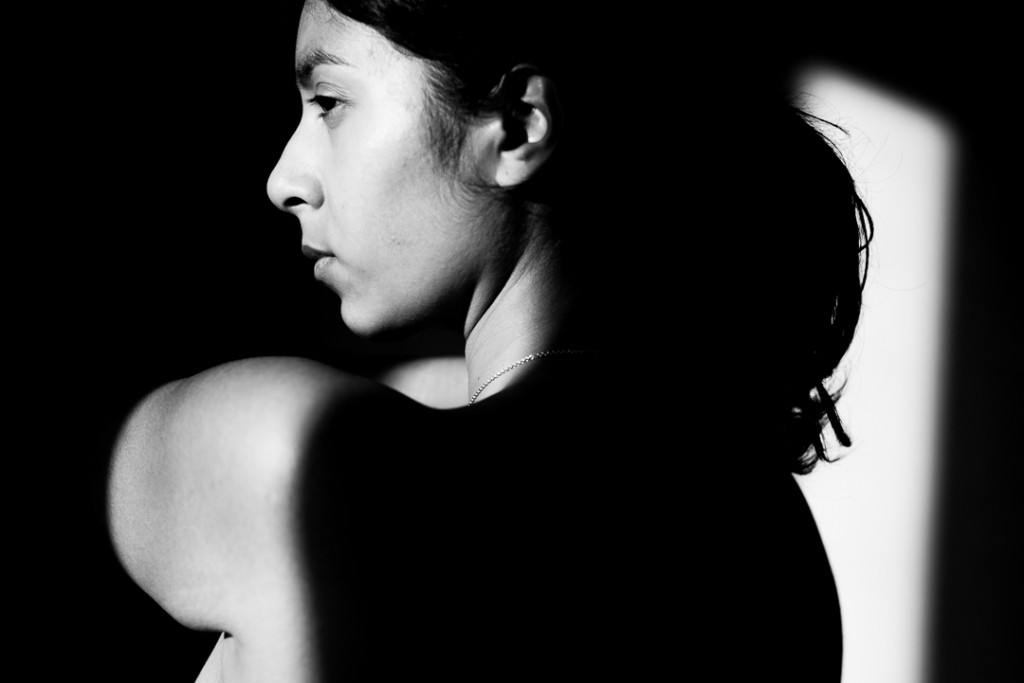
Sharpness, bokeh and rendering
Optically, the Leica 75 Summicron is a bliss. It is free of distortion, free of focus shift, free of CA and basically free of most lens errors. Besides that, it is incredible sharp, which brings me to my other complaint about the Summarit. I think the Leica 75 Summicron might be a bit too sharp for portraits, a bit like the Summarit. With its incredible resolution and high micro contrast, it can be quite harsh, even wide open. Of course, many people say that a lens can be easily softened in post process, while a lens that is soft can’t be sharpened that easily. True, but I like to use a lens ‘au naturel’, without too many alterations in Lightroom. Of course, for anything but portraits, this incredible sharpness is just a good thing. Landscape shooters will therefore – and because it is free of lens errors – love the 75 Cron.


The 75 Cron reminds me strongly of the 75 Summarit when it comes to sharpness, bokeh and rendering. Yes, of course, depth of field is shorter, due to the bigger maximum aperture, but even more because of the shorter minimal focus distance. I thought I would ‘need’ this shorter focussing distance, but to be honest, I think 90 centimeters is close enough for me. Rendering wise, the 75 Cron is quite clinical, just like the 75 Summarit. In fact, the 75 Summicron isn’t related to the 50 Summicron at all. Its design is based on the latest 50 Summilux: seven lens elements, of which one floating, aspherical surfaces and enough extraordinary glass to get rid of lens errors. That’s why the 75 Cron delivers better corner to corner sharpness compared to the 50 Cron.
Conclusion
The 75 Cron is not a lens for me. The two thing that I didn’t like about the Summarit, being its short focus throw and brutal sharpness, are also present in the 75 Summicron. Not quite the same, but enough to make the decision easier for me. When I noticed that the minimal focussing distance of the Summarit seemed to be close enough, I knew the Summarit wasn’t so bad after all. I made another trade and got my old Summarit back. For my wedding work, the 75 Summarit works fine and it’s smaller, lighter and much cheaper. For my portraits, the 75 Cron turned out not be the best choice. But that doesn’t mean it’s a bad lens, quite the opposite. Optically, it is a masterpiece, mechanically, it’s beautiful. If you don’t shoot wide open all the time, have enough time to focus, need the extra 20 centimeters in focus distance (update: the new 2.4 Summarit has a minimal focus distance of 70 centimeters )and love optical perfection: this is your lens. If you use your 75mm not too often, don’t care too much about optical perfection and want a small and light weight lens: get the 75 Summarit. If you want the perfect portrait lens: just get the 75 Summilux. There is no substitute for that one.

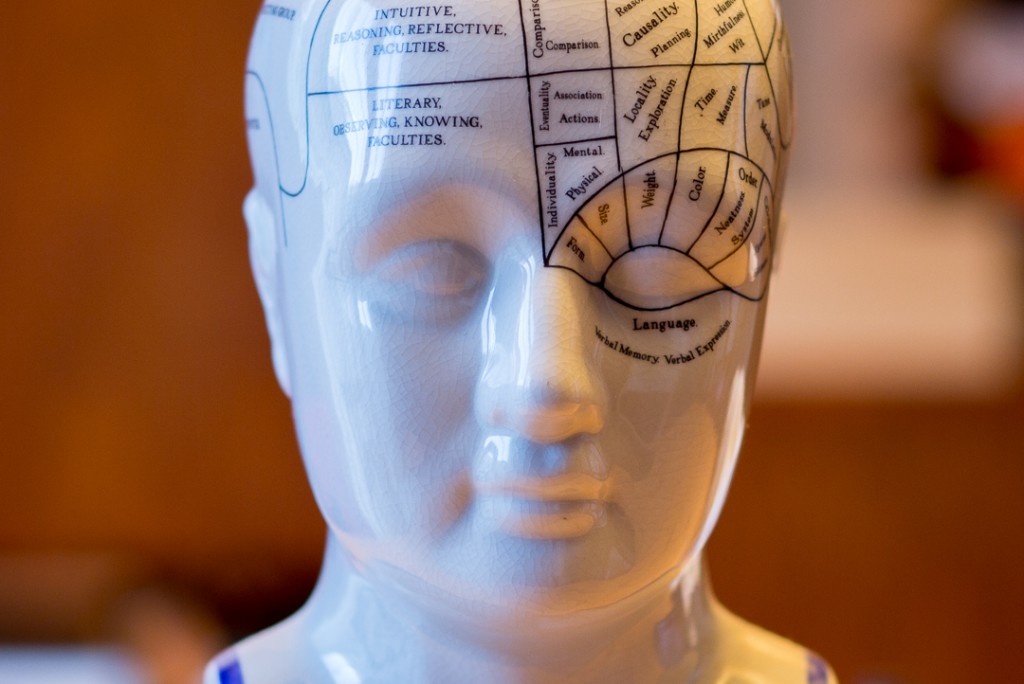


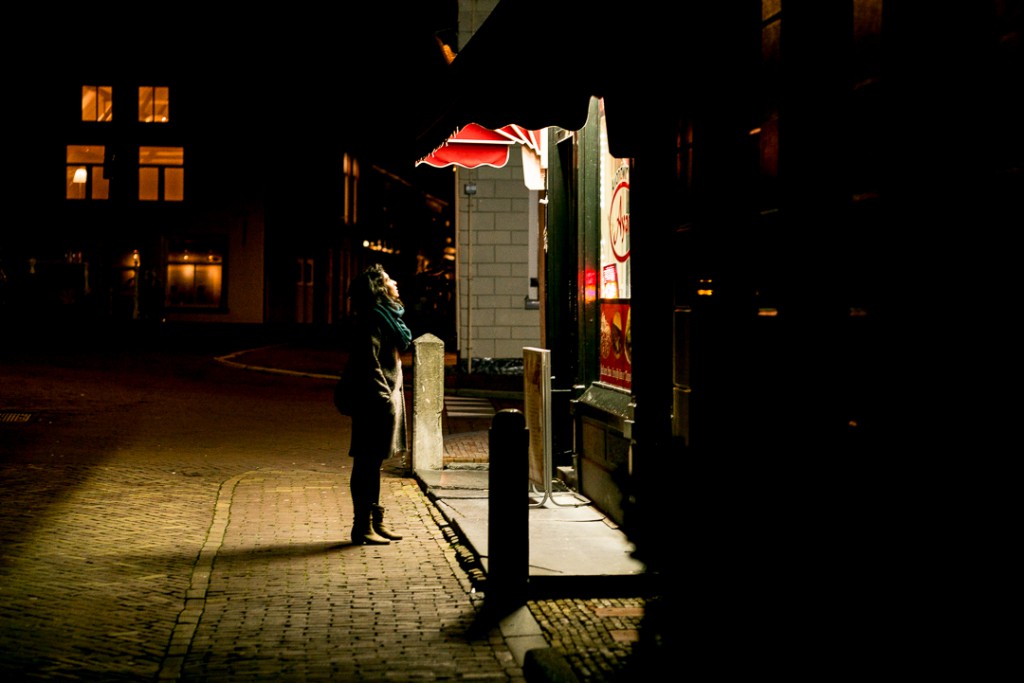

Want to know more about how to use your rangefinder camera on your travels? Check out my Leica workshops or read my ebook.
